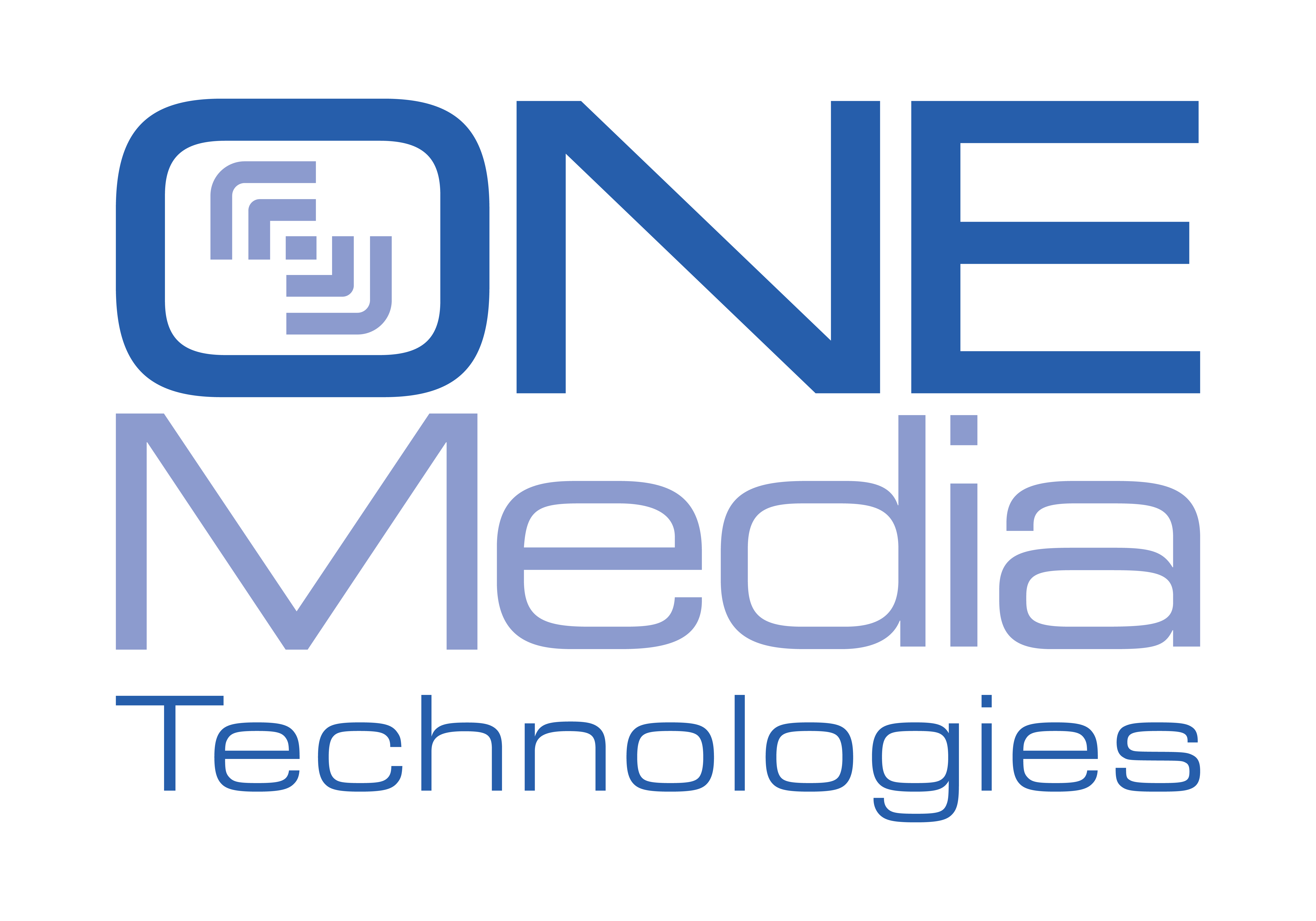NextGen Broadcast (ATSC 3.0) use case with Connected Vehicles builds as spectrum integration and aggregation projects make progress
A recent webinar sponsored by AutoMobility Advisors and ONE Media 3.0 looked at the potential and challenges of NextGen Broadcast spectrum (ATSC 3.0) to transport data to Connected Vehicles. The event shared news from several projects quietly making progress behind the scenes.
Each year, millions more vehicles will pull off the road and park themselves, eventually choking off cellular capacity once we’ve all forgotten how to park. Last-mile ATSC 3.0 data delivery overcomes this bottleneck with blanket coverage of high-speed data delivery to bandwidth-hungry smart vehicles.
“There’s a term that’s out there today. It’s ‘software-defined vehicle,’ said Dan Teeter, who led Nissan’s North American connected-services effort before joining George Ayres, former Ford executive, at AutoMobility Advisors. “That’s really what this transformation is about. The rate of innovation in automotive is higher than its ever been, and continues to increase as automakers design vehicles, basically to be computers on wheels.”
Teeter, along with Ayres, was among a panel of experts who discussed leveraging ATSC 3.0 broadcast technology for connected cars during the first of a three-webinar series on the topic. He was joined by Sesh Simha, of Sinclair Broadcast Group’s ONE Media 3.0, who provided network-level insight from ongoing trials in India; John Hane, president of 3.0 data-network builder BitPath; and Dr. Stanley Park of Cast.Era, a joint venture of Sinclair and SK Telecom, with an end-to-end overview of the ATSC 3.0-connected car of tomorrow.
IN-VEHICLE EXPERIENCE
Teeter described how connectivity is the foundation of the “in-vehicle experience… what every automaker wants to be best at,” he said. “…to provide more and bigger screens, the ability to control your car with your voice… infotainment at every seat… The goal of all of this innovation is to provide fully intuitive, immersive experiences that customers are going to love.”
The list of connected-car features goes on: driver-assist, telematics like OnStar, navigation and so forth. The challenge for automotive OEMs to provide these features is threefold: managing for costs, scale and cellular capacity. The typical connection today is 4G LTE, Teeter said. “There’s a question of what 5G costs might be. It has the promise of lower cost and higher bandwidth, but 3.0 is poised to beat those costs.”
NETWORK-LEVEL INSIGHT
ATSC 3.0 would not supplant 5G in the connected-car, but enhance it—vastly increasing download capacity at the lowest per-bit price point. The key is standardizing how these two IP-based technologies swap payloads. This protocol is in the pipeline of 3GPP, the global mobile telcom standards organization, and expected to be published in Release 19, in 2024, ONE Media’s Simha said.
“We have a fair amount of broad support from 5G key enablers,” he said. Among them, India’s cellular provider Airtel, with 400 million subscribers; Dish, HPE, Intel, Qualcomm, Reliance Jio, Samsung and 19 others.
Simha is involved technology trials in India—where video accounts for more 90 percent of the data traffic on more than 1 billion cellphones—using ATSC 3.0 for Direct-to-Mobile (D2M) service with a receiver chip from Bangalore-based Saankhya Labs. The trials are set to take place in Bangalore and Delhi in the coming weeks. They’ll target smartphones, but the infrastructure and functionality are “directly relevant to the automobile use case,” he said.
END-TO-END OVERVIEW
Getting a 5G/3.0 platform into a vehicle is not a heavy lift, particularly in Korea, where ATSC 3.0 was adopted five years ago for delivery of 4KTV. CAST.ERA’s collaborative prototype with Hyundai Mobis consists of a windshield film antenna, wired through the A-pillar to a standalone receiver (for now), with tablet computers for monitors. The prototype has been road tested with targeted advertising in Gangnam and Jung districts of Seoul, each with roughly 35,000 people per square mile, and no signal disruption.
CAST.ERA’s goal is to deliver “Vehicle TV,” which was first demonstrated at the 2019 CES in Las Vegas with Harman, using HD terrestrial broadcasting, secure firmware updates, HD map updates, and vehicle-to-everything (V2X) certification over the air.
“Watching TV—that’s a basic experience for customers,” Park said. “If they have 3.0 capability, they can have a TV experience in the vehicle. ATSC 3.0 can deliver free content to the vehicle. The benefit as well is the OEM can receive data as well.”
U.S. COVERAGE
In the United States, a 3.0 data network provided by 400 broadcasters and managed by BitPath, umbrellas population centers across the country covering 62 percent of the continental U.S., with Hawaii, New York City, Philadelphia and others on deck. BitPath is not so focused on vehicle TV as it is data delivery—location accuracy services in particular. The segment, known as Positioning, Navigation and Timing, or PNT, has a projected CAGR of 22 percent over the next eight or nine years, reflecting the rise of autonomous vehicle functionality, according to BitPath President John Hane.
“The problem with PNT is you really don’t use it continuously, but you need that continuous path,” he said. Cellular networks are limited to periodic use and also prohibitively expensive. BitPath is poised to make PNT services its first commercial venture, Hane said. “We’ll provide centimeter-level positioning, and we can serve an unlimited number of users and devices continuously, at a really, really transformative price point.”
Register for the next webinar: NOV. 10, at 12 p.m. ET
Join Dan Teeter, Luke Fay, senior manager of tech standards at Sony; Tony Rangel of ONE Media 3.0 and Alex Oyler, North America director for SBD Automotive and others for a look at the top connected-vehicle functions that could be provided more efficiently on a 5G/3.0 platform. Register here:
(https://us02web.zoom.us/webinar/register/6816673972377/WN_1SZgmd4LTc6MVohtMLXCmw
